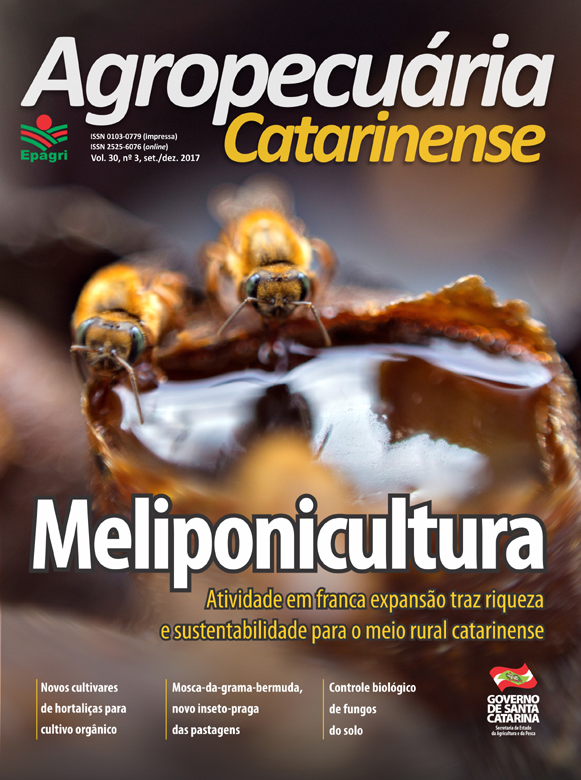Management of Nitrogen Fertilization and Agronomic Performance of Irrigated Rice Cultivated in Altitude Zones in the State of Santa Catarina
DOI:
https://doi.org/10.52945/rac.v30i3.34Keywords:
Oryza sativa, nitrogen, rate and installment, cold regions.Abstract
In Alto Vale do Itajaí region, Santa Catarina State, rice fields are located at elevations ranging between 300 and 600m. This condition predisposes the region to weather phenomena that may interfere on growth and development process of rice crop, reflecting on grain yield. The aim of this study was to evaluate the dose and installment of N application for lowland rice at the altitude zones of that region. The experiments were conducted in Rio do Campo (600 m over the sea), SC, in 2012/13 and 2013/14 growing seasons. The treatments consisted in the combination of the factors dose of N and fertilizer installment. The climate effects on the rice response to nitrogen fertilization were evaluated by incorporating the factor cropping year in the statistical model. Temperature and solar radiation variations that occurred in the reproductive phase have no effect in yield response of rice to N fertilization in the Alto Vale do Itajaí region. The dose and installment of N fertilization in that region, can be 90 kg of N ha-1, carried in two applications, with no prejudice to the agronomical performance of lowland rice.Metrics
Downloads
Published
How to Cite
Issue
Section
License
Copyright (c) 2017 Revista Agropecuária Catarinense

This work is licensed under a Creative Commons Attribution 4.0 International License.



